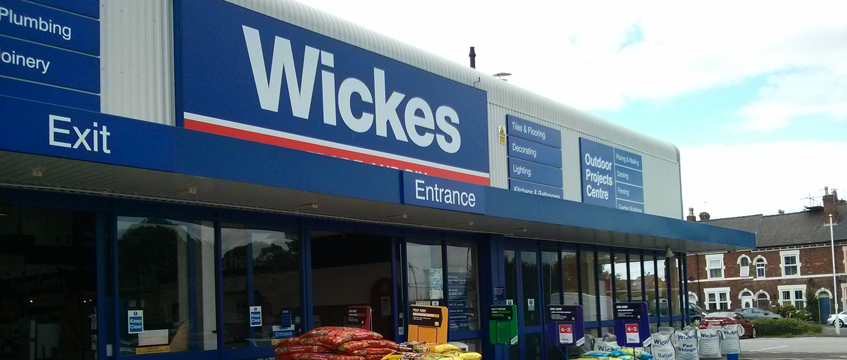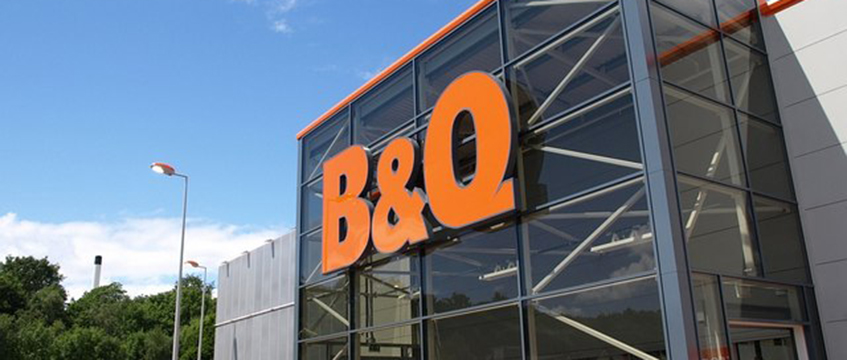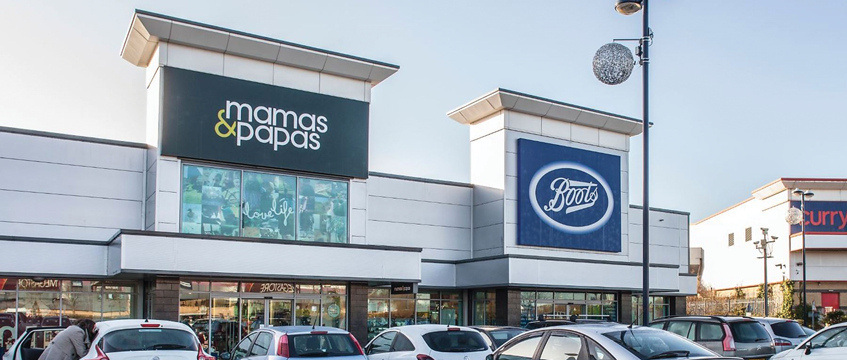The retail park investment market has shown relative resilience over the past two years, despite a collapse in activity in the wider market where shopping centre transactions have been virtually dormant.
Now, those who took to the out-of-town market as a safe haven may have also called it wrong in the light of a wave of insolvencies in the occupational market.
According to a new report by JP Morgan, the occupational impact of closures by the likes of recent retail casualties and woes in the DIY sector, namely Wesfarmers’ proposed departure from the UK, may be worse than initially feared.
This, coupled with the impact of the Toys R Us administration, as well as tribulations from fashion retailer New Look – a fashion park favourite – could have an impact on pricing. And it is casting a negative shadow over recent investors that have been piling into the market.
Upcoming sales of assets such as the 230,000 sq ft Gallagher Retail Park [main picture] at junction 9 of the M6, near Birmingham, which was recently put up for sale for £180m – a 5.2% yield by Quadrant Estates and KKR – will act as a litmus test for whether or not pricing has shifted as a result.
What’s gone wrong in DIY?
JP Morgan highlights the struggles of the big-box DIY market operators as one of the main concerns underpinning this situation.
According to the report, big-box DIY revenues have seen multi-year declines and sales have underperformed due to the slow housing market over the last five years.
Despite the UK witnessing a housing market recovery where transactions grew by 30% between 2012 and 2014, the combined revenues of the main DIY players – including Homebase, Wickes and B&Q – grew by just 3% in total.

JP Morgan estimates that despite a stabilisation of the housing market over the past three years, sales at the main DIY firms still declined by 6% over this period, demonstrating a lack of appetite for DIY spending and overall negative consumer confidence.
The report warns that the negative impact of Brexit is only likely to fuel this uncertainty.
It does not expect the situation to improve any time soon, stating: “we see the situation as very unlikely to change any time soon, so if it is a negative, we believe it is unlikely to turn into a tailwind over the near or medium term”.
With DIY stores as one of the main occupiers of big-box out of town retail, this bleak outlook is concerning for landlords and investors and it could be expensive for those which house multiple Homebase leases in their portfolios.
Wesfarmers’ rents for Bunnings and Homebase sites were £200m in the year to February 2017 and the report expects these to decline to £175m per annum as Homebase stores are closed and lower rents are negotiated.
In addition, JP Morgan expects only 30% of the sites to be sub-let due to the declining popularity of the big-box format.
Across both Homebase and the rebranded Bunnings stores, Wesfarmers has a UK portfolio of around 240 locations that it could potentially exit if it chooses the leave the UK.
This, coupled with the Toys R Us departure, could boost the countries’ overall vacancy rate to a concerning level.
JP Morgan anticipates that rival DIY companies B&Q and Wickes would in reality only take a handful of stores, despite being the most highly contended to take on this space.

According to store overlay analysis by Insight DIY data, there are around 21 locations which B&Q could take over from Wesfarmers as it does not currently have a presence in those catchments.
However, B&Q is currently taking a cautious approach to new stores and is in the process of reducing its own estate and has, over the past two years, reduced its portfolio from 360 to 295 stores.
Given this view, JP Morgan anticipates that B&Q would only take a handful.
It suggests that expanding DIY occupiers are more likely contenders for the empty space. Last year, B&M opened 50 new stores and the Range is currently rolling out at the rate of 35 stores per annum, both of which could use the space as part of their expansion programmes.
This could help re-let some space in the short term, but it will not help the overall health of the big-box retail market in the long term.
The report reveals concerns that rivals operating in smaller spaces such as B&M are putting yet more pressure on the big-box operators: “In our view, this highlights an incremental risk to the big-box DIY sheds if B&M (and potentially other discounters) were to acquire a meaningful proportion of the Homebase portfolio in the event that Wesfarmers decides to exit the UK.”
Big-box – out of fashion?
Concerns that these market circumstances could impact pricing have most notably been seen in fashion parks, with New Look’s recent announcement that it will pursue a CVA as the latest red flag.
A source said: “New Look has been a good fashion park tenant and you know that they were a big rent payer. They’re not like Toys R Us who haven’t been profitable for years.”
Recently, equity analyst Mike Prew highlighted that British Land and LaSalle Investment Management’s 280,000 sq ft Deepdale shopping park in Preston has been “stuck on the market” since May last year with a £100m price tag.
Confidence remains
Investors will likely take a more cautious approach to retail park investments after the recent flurry of activity. However, some retail park investment opportunities, which have a wider variety of tenants as well as a good F&B offering, have been met more optimistically.
Taking Gallagher Retail Park as an example, this is an opportunity that fits investors’ “magic-three” formula for what makes a promising investment, where the two main concerns are the geography and size of the assets.
One investor said: “What people like about this asset is the tenant trade is phenomenal and it is next to the UK’s second biggest city. It is clear what the rental value is and there is no over-renting.
“Retail parks are about location, lot size, and lease length. If you have two of those three then you will be fine. It is the big ones that struggle.”
To send feedback, e-mail amber.rolt@egi.co.uk or tweet @AmberRoltEG or @estatesgazette











